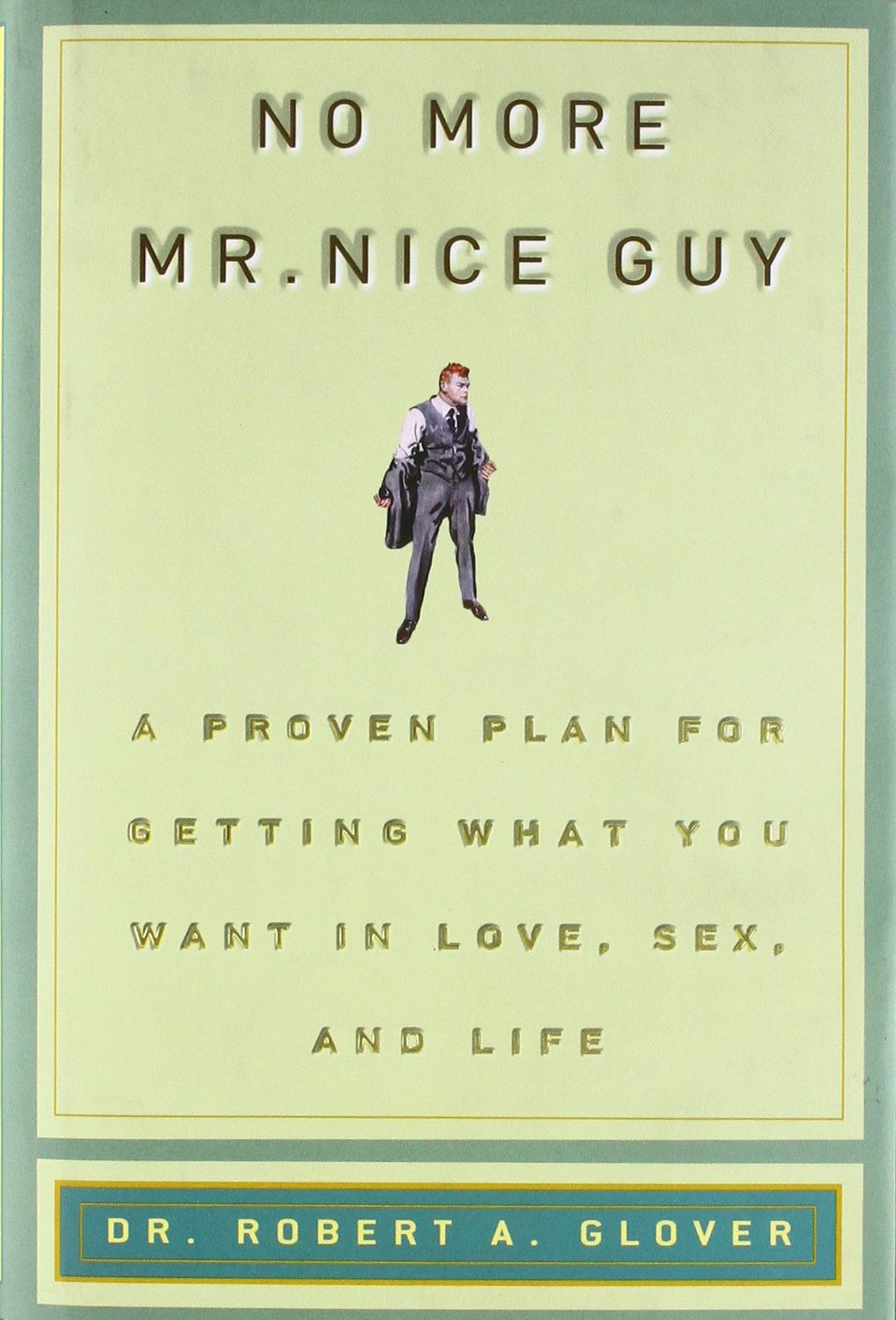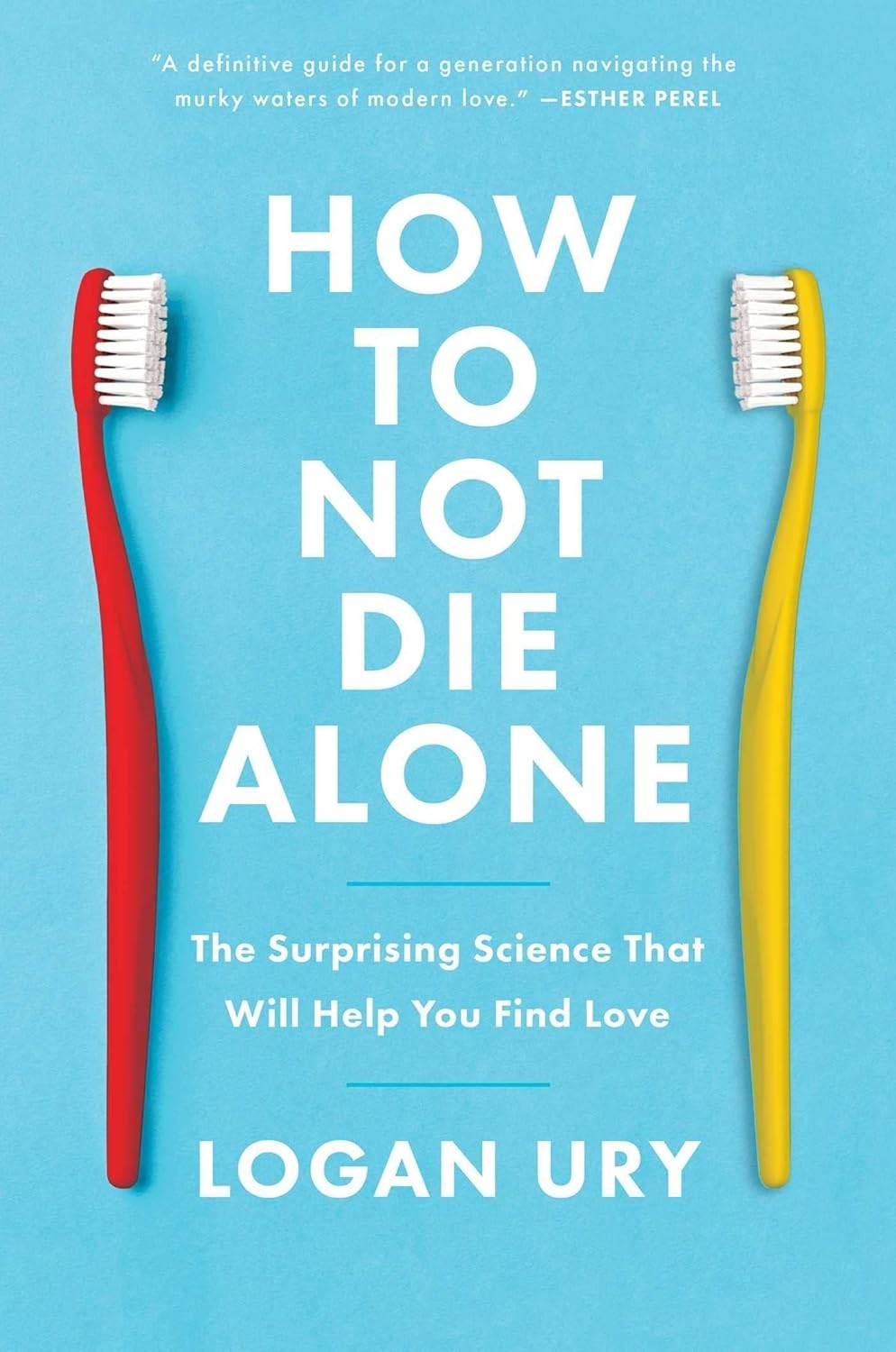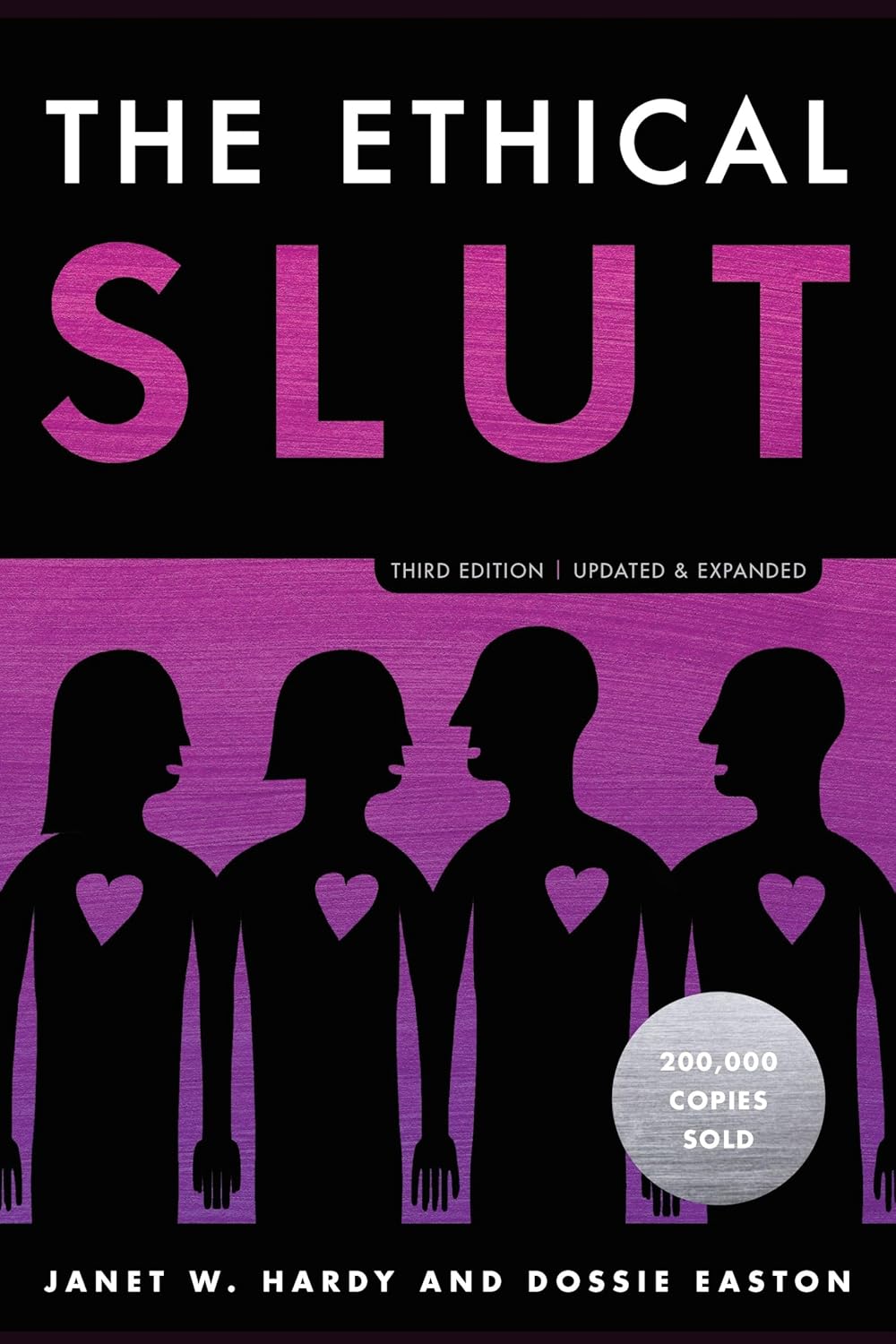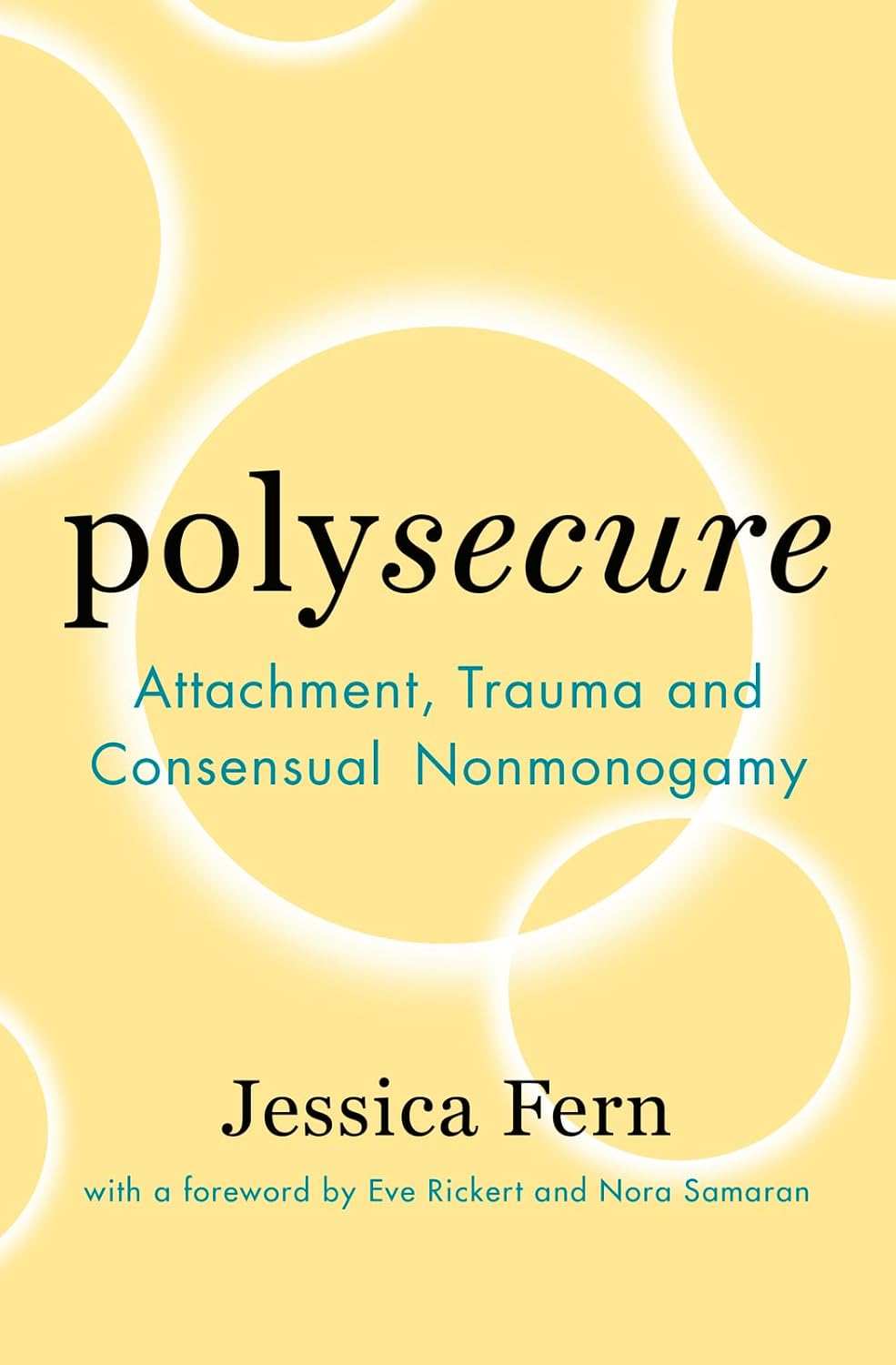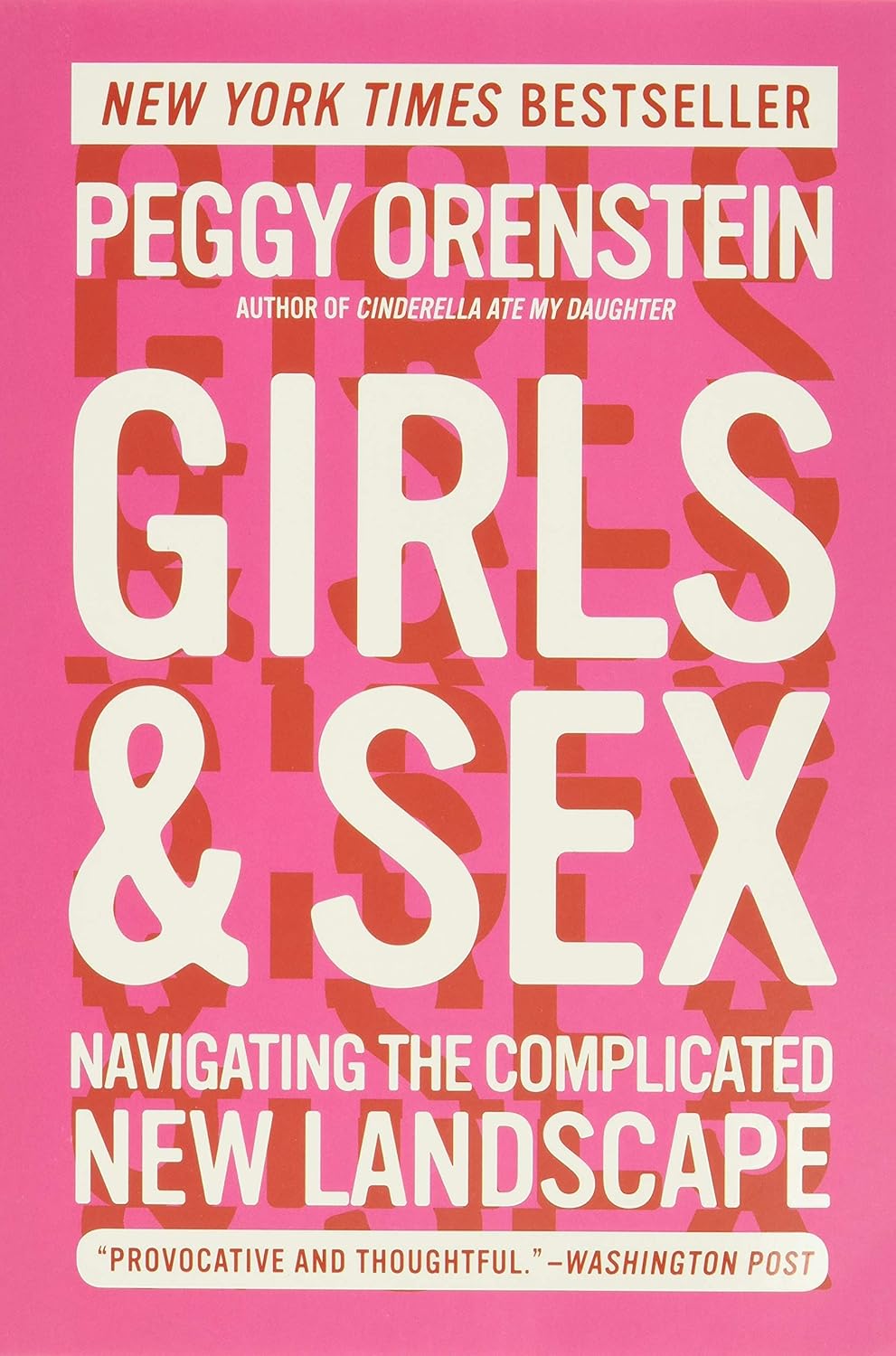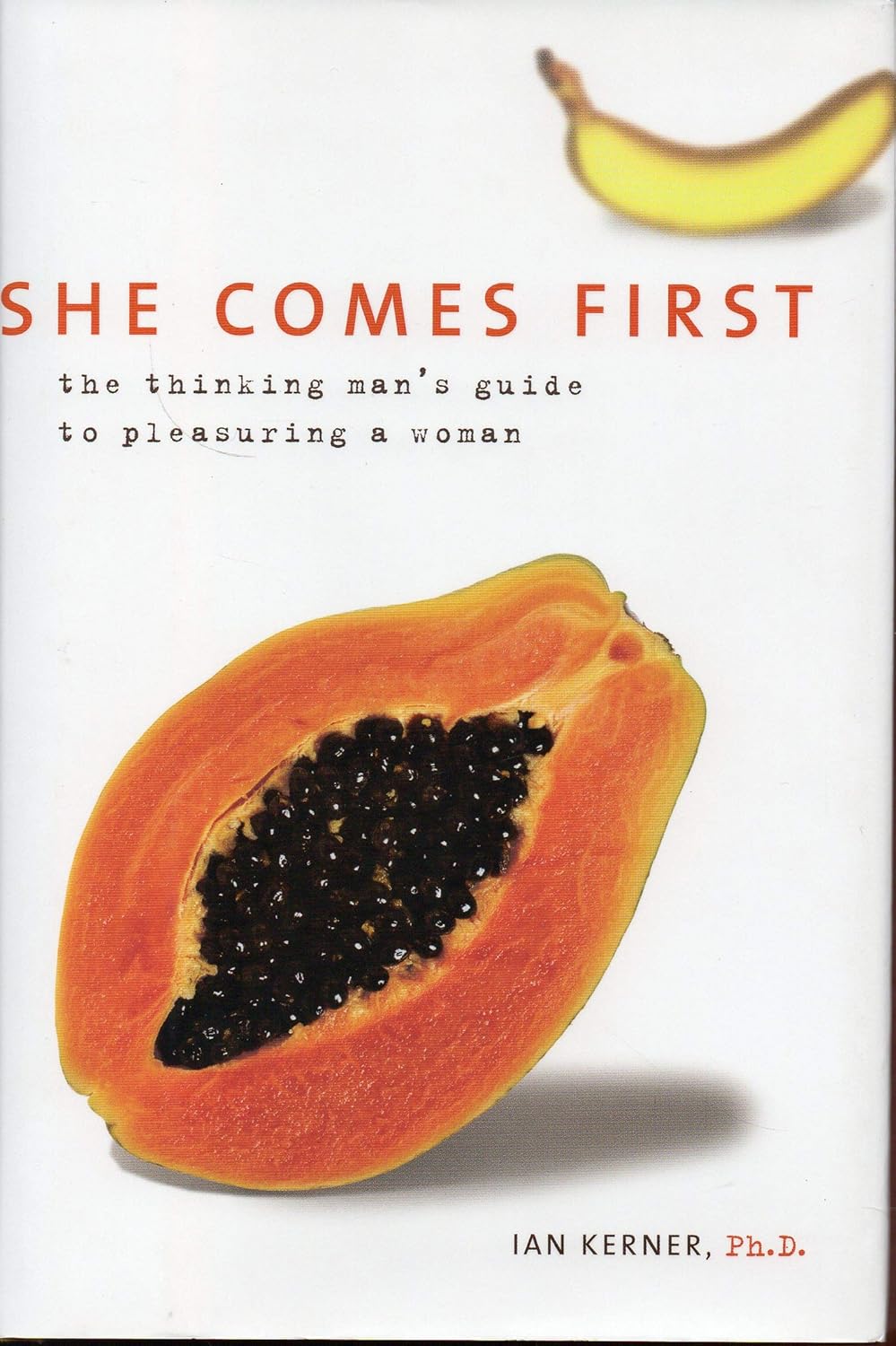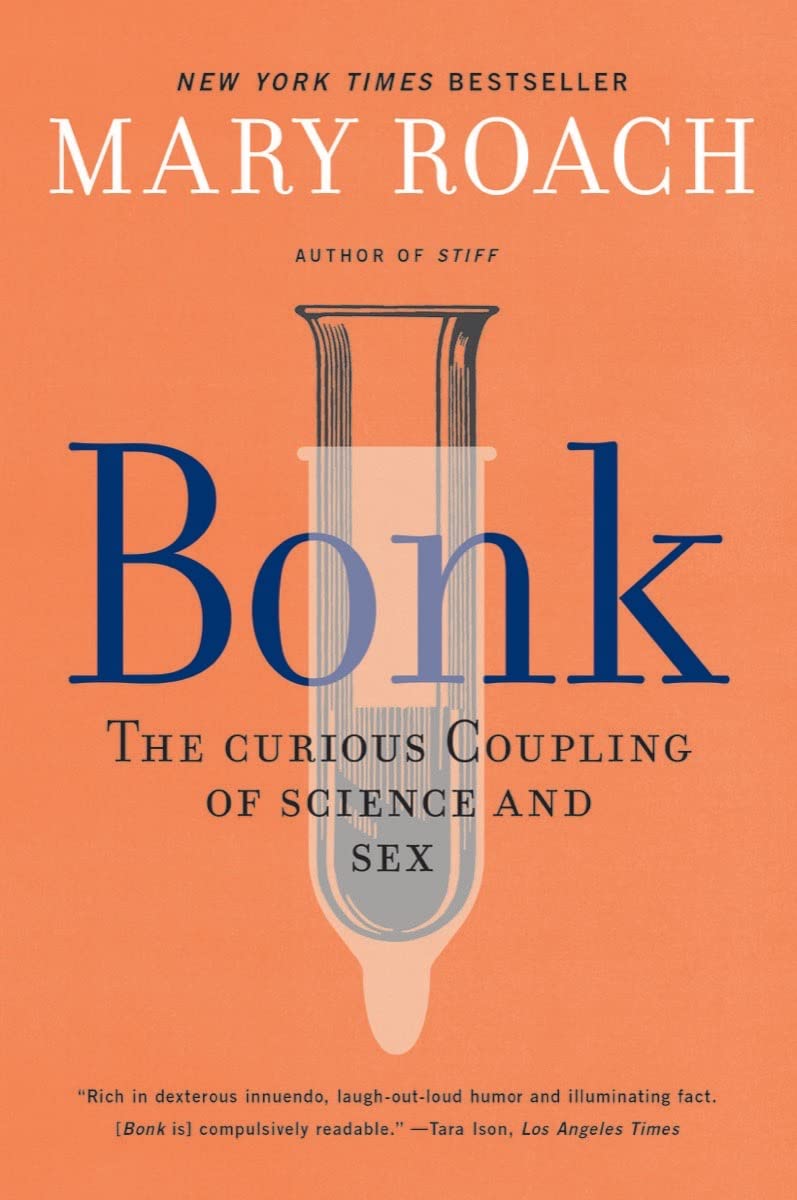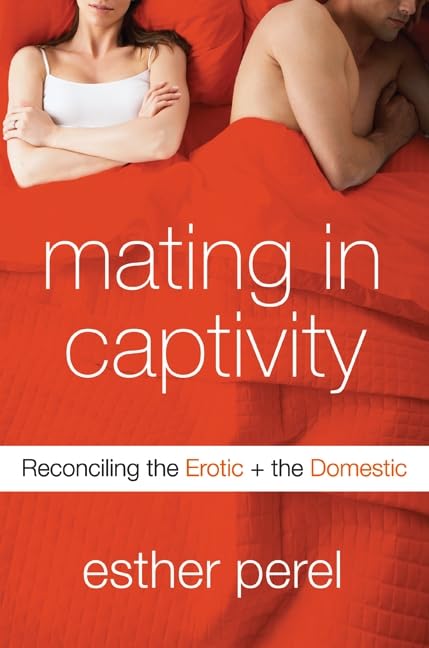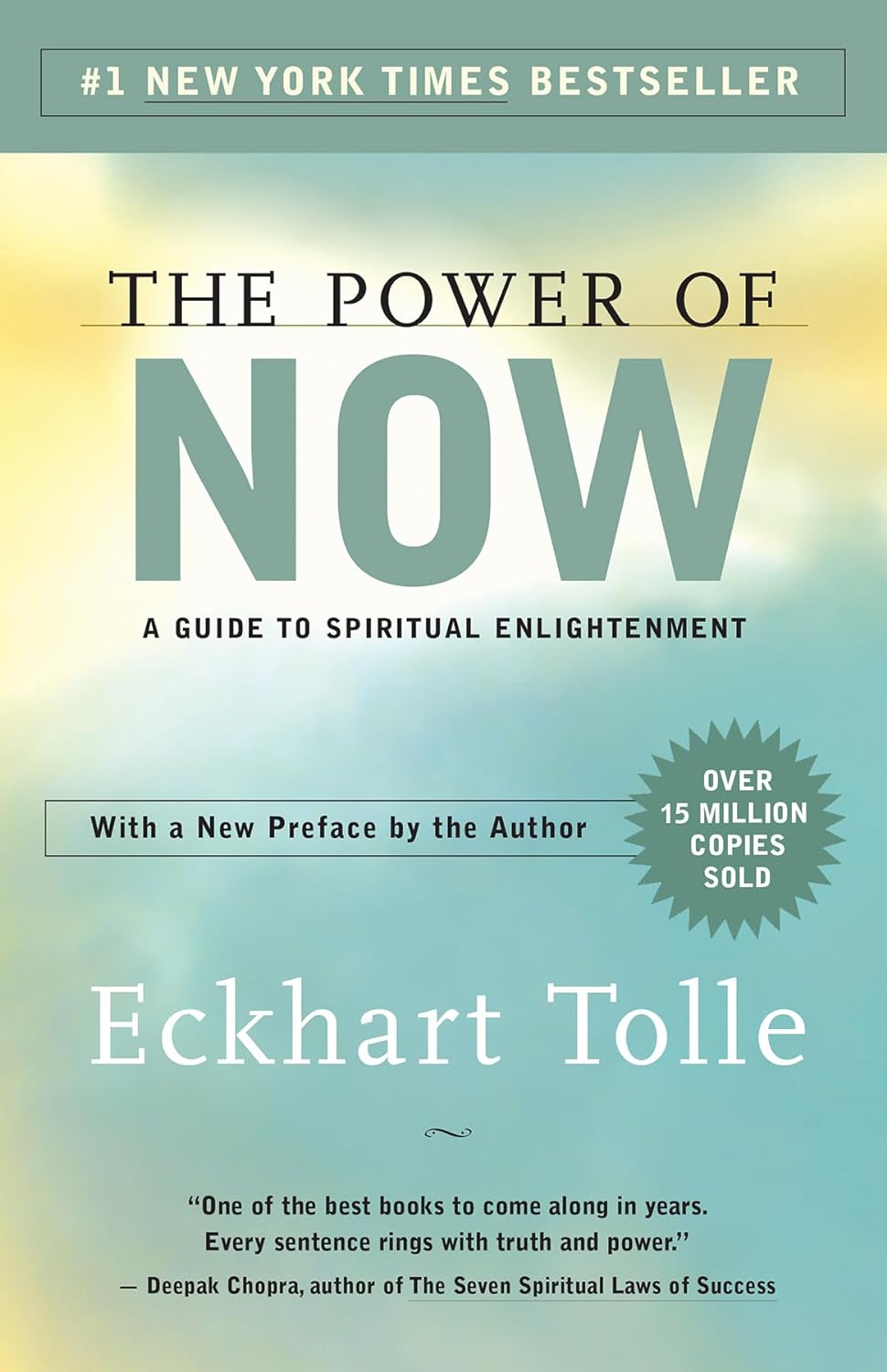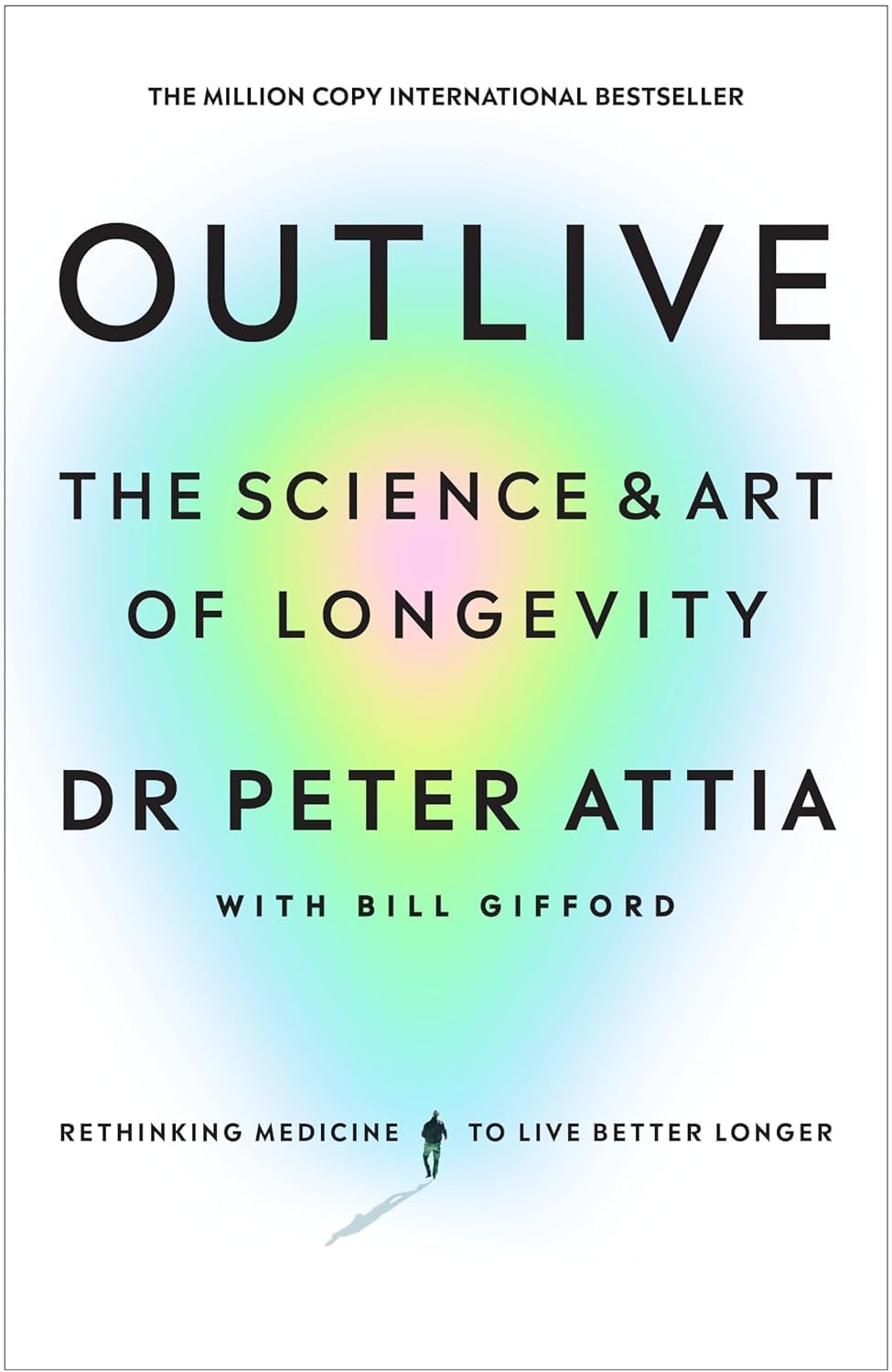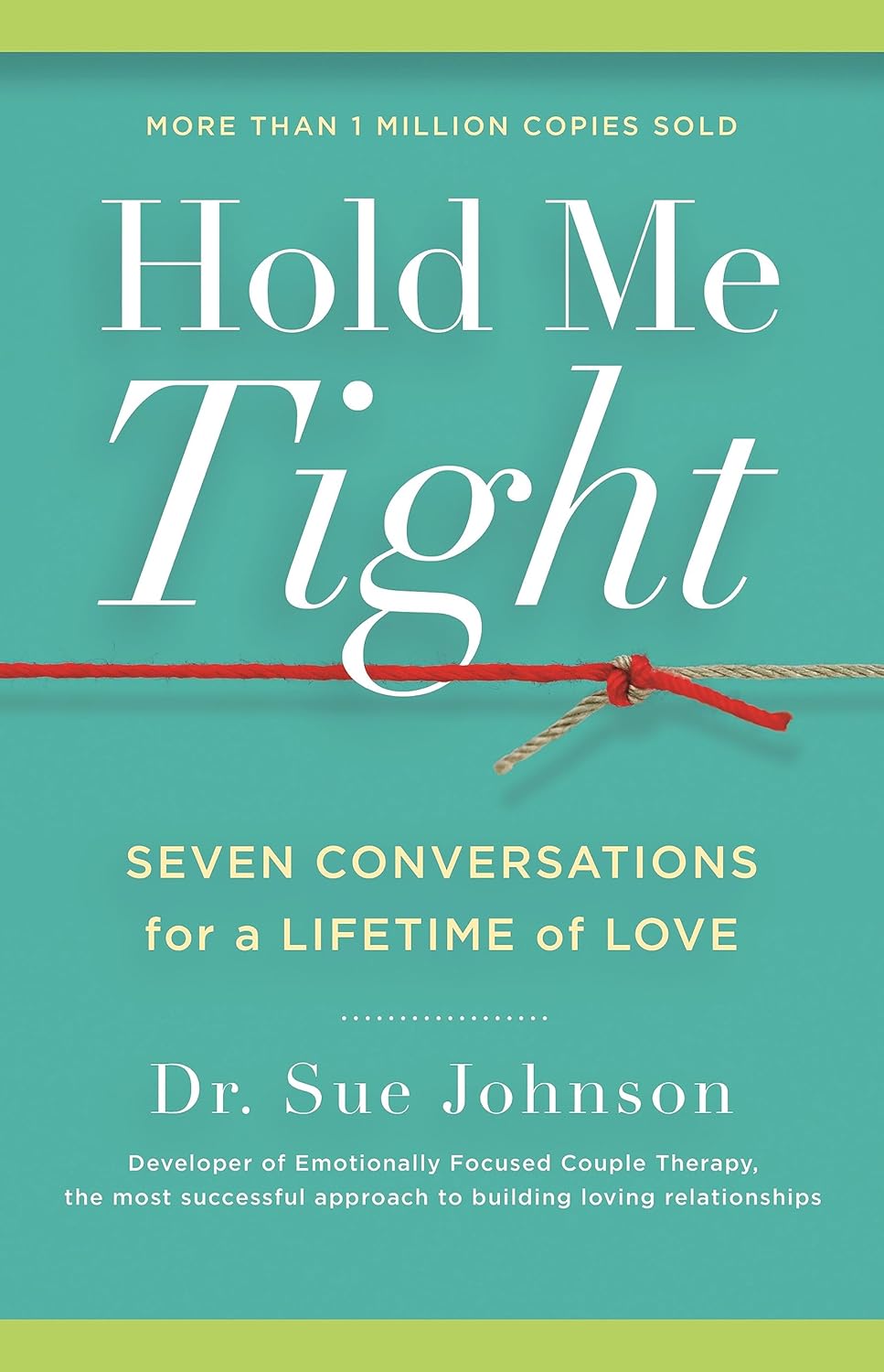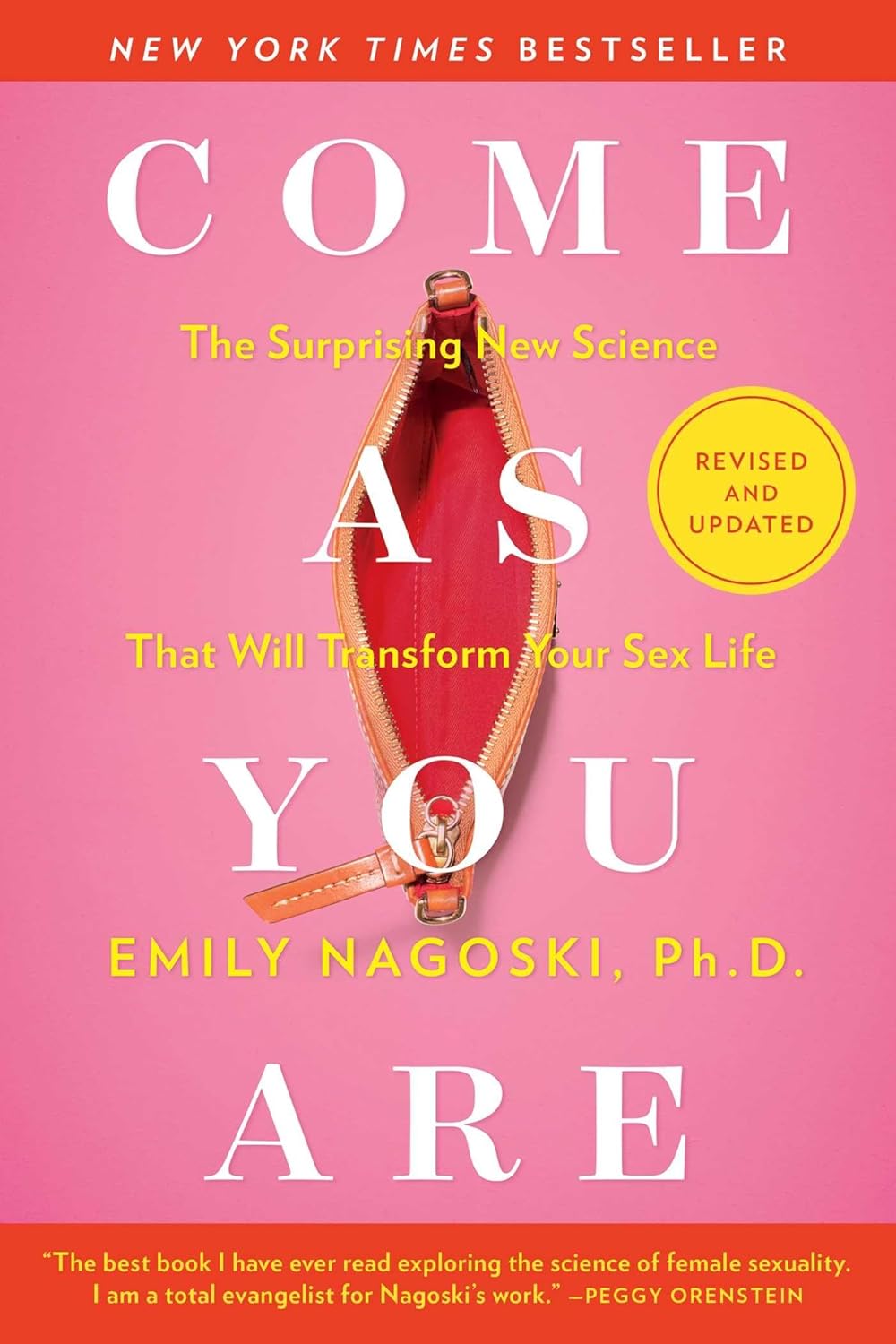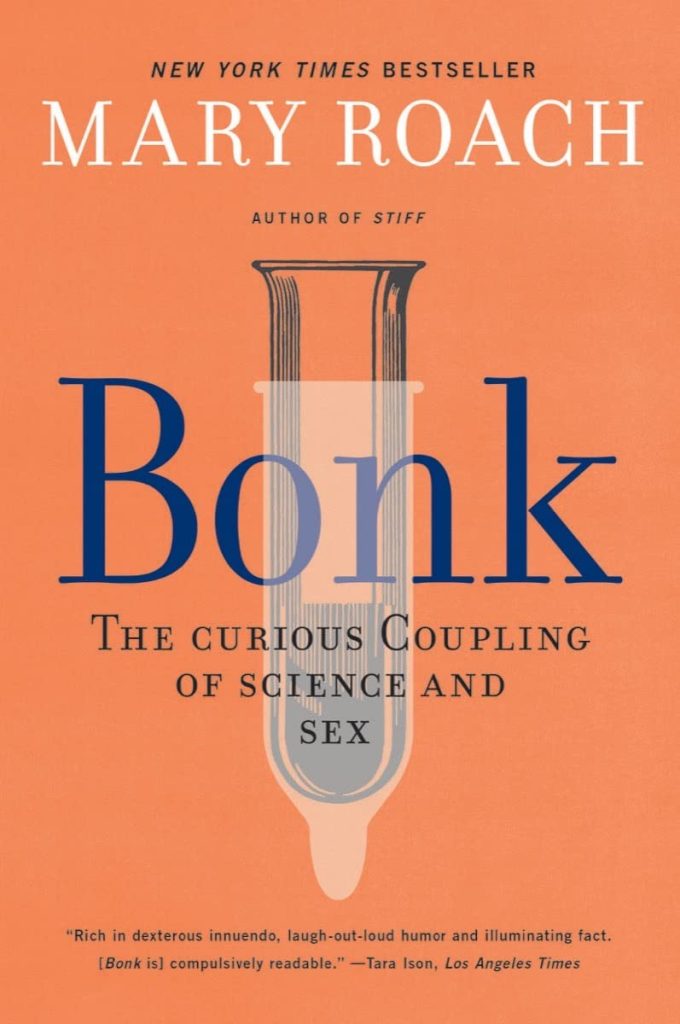
Buy The Book
Chapter
- ✦ Chapter One. The Sausage, the Porcupine, and the Agreeable Mrs. G. Highlights from the Pioneers of Human Sexual Response
- ✦ Chapter Two. Dating the Penis-Camera Can a Woman Find Happiness with a Machine?
- ✦ Chapter Three. The Princess and Her Pea The Woman Who Moved Her Clitoris, and Other Ruminations on Intercourse Orgasms
- ✦ Chapter Four. The Upsuck Chronicles Does Orgasm Boost Fertility, and What Do Pigs Know About It?
- ✦ Chapter Five. What’s Going On in There? The Diverting World of Coital Imaging
- ✦ Chapter Six. The Taiwanese Fix and the Penile Pricking Ring Creative Approaches to Impotence
- ✦ Chapter Seven. The Testicle Pushers If Two Are Good, Would Three Be Better?
- ✦ Chapter Eight. Re-Member Me Transplants, Implants, and Other Penises of Last Resort
- ✦ Chapter Nine. The Lady’s Boner Is the Clitoris a Tiny Penis?
- ✦ Chapter Ten. The Prescription-Strength Vibrator Masturbating for Health
- ✦ Chapter Eleven. The Immaculate Orgasm Who Needs Genitals?
- ✦ Chapter Twelve. Mind over Vagina Women Are Complicated
- ✦ Chapter Thirteen. What Would Allah Say? The Strange, Brave Career of Ahmed Shafik
- ✦ Chapter Fourteen. Monkey Do The Secret Sway of Hormones
- ✦ Chapter Fifteen. “Persons Studied in Pairs” The Lab That Uncovered Great Sex
Bonk: The Curious Coupling of Science and Sex
About
This book delves into the scientific study of human sexuality, exploring how researchers have examined the complexities of sex, reproduction, and intimacy. With a sharp wit and an insatiable curiosity, the author investigates the history of sex research, from awkward laboratory experiments to groundbreaking discoveries that have shaped our understanding of human behavior. The book presents a mix of humor, science, and historical anecdotes, making it both informative and entertaining. Covering topics such as sexual arousal, fertility studies, and the sometimes absurd lengths scientists have gone to in pursuit of knowledge, it offers a fascinating glimpse into this often-taboo subject. Engaging and meticulously researched, it challenges myths and misconceptions while illuminating the quirks of human sexuality.
Mary Roach, a bestselling science writer known for her curiosity-driven investigations, specializes in making complex scientific topics accessible and entertaining. With a background in journalism, she blends humor and meticulous research to craft compelling narratives that engage both casual readers and science enthusiasts.
For People
– Science enthusiasts
– Fans of humorous nonfiction
– Readers curious about human sexuality
– Those interested in medical and psychological studies
– Lovers of quirky and unconventional research

Spark
Review
Like this
✦ Chapter One. The Sausage, the Porcupine, and the Agreeable Mrs. G. Highlights from the Pioneers of Human Sexual Response
Early investigations into human sexuality faced significant cultural and scientific resistance, but determined researchers developed creative methods to study physiological responses. Some of the earliest pioneers relied on direct observation, mechanical contraptions, and sometimes unconventional volunteer participation to gather data. These studies, often conducted in secrecy or under strict ethical scrutiny, helped illuminate the mechanics of arousal and orgasm. Volunteers, some of whom exhibited surprising enthusiasm, played an essential role in advancing knowledge. Many researchers struggled to secure funding or institutional support due to the controversial nature of their work. Despite facing criticism, they persisted, uncovering new insights into human sexual response. Their findings helped dismantle long-held misconceptions and paved the way for the more sophisticated research methods used today. Along the way, humorous and awkward moments emerged, as both participants and scientists navigated the delicate balance of professionalism and curiosity. These early studies, while sometimes rudimentary, laid the groundwork for modern sex research and a deeper understanding of human intimacy.
✦ Chapter Two. Dating the Penis-Camera Can a Woman Find Happiness with a Machine?
Efforts to understand female arousal led researchers to develop innovative, sometimes bizarre tools for observation. One such device, a miniature internal camera, captured real-time images of physiological changes during sexual activity. This invention provided an unprecedented view of internal responses, but it also posed ethical and logistical challenges. Volunteers had to be comfortable using the device in controlled environments, raising questions about privacy and the influence of observation on arousal. The comparison between artificial stimulation and human interaction became a central focus. Could a machine provide the same level of satisfaction as a human partner, or did emotional connection play a crucial role? Experiments sought to quantify pleasure, but subjective experience proved difficult to measure. Despite technological advances, the complexity of desire remained elusive. While research revealed valuable insights into physical responses, it also highlighted the limitations of scientific measurement in capturing the full depth of human intimacy. The debate over technology’s role in pleasure and connection continues to evolve.
✦ Chapter Three. The Princess and Her Pea The Woman Who Moved Her Clitoris, and Other Ruminations on Intercourse Orgasms
Attempts to map female pleasure revealed fascinating anatomical variations that challenged long-held assumptions. Among the most intriguing cases was a woman whose clitoral relocation provided insight into the adaptability of sexual response. This case, along with other studies, demonstrated the complexity of arousal and orgasm. Researchers debated whether internal stimulation alone could lead to climax or if external factors were essential. Historical misunderstandings of female sexuality contributed to myths that influenced both medical discourse and societal expectations. Scientists sought to establish a clearer understanding of how different forms of stimulation affected pleasure, yet individual differences made universal conclusions difficult. Psychological factors also played a significant role in shaping arousal and satisfaction, reinforcing the idea that pleasure is both a mental and physical experience. Despite advancements in research, many aspects of female orgasm remained mysterious. The study of sexual response continues to evolve, revealing that human intimacy resists simple explanations and is deeply influenced by personal experience and context.
✦ Chapter Four. The Upsuck Chronicles Does Orgasm Boost Fertility, and What Do Pigs Know About It?
The potential link between orgasm and fertility has fascinated researchers for years. Some theories suggest that contractions during climax may help retain sperm, increasing the likelihood of conception. To investigate this, scientists studied animal models, including pigs, whose reproductive mechanics offered useful comparisons. Observations of muscular activity during mating hinted at evolutionary advantages, leading to speculation about similar effects in humans. However, human studies produced mixed results, as variables such as timing, frequency, and individual differences complicated the findings. While some data supported the idea that orgasm could enhance fertility, other explanations—such as hormonal influences and partner compatibility—emerged. Beyond reproduction, pleasure itself appeared to play a crucial role in human relationships and mating strategies. The study of sexual response in both humans and animals highlighted the intricate ways biology and behavior intersect. Though definitive answers remained elusive, continued research sought to clarify the evolutionary and physiological significance of orgasm in reproductive success.
✦ Chapter Five. What’s Going On in There? The Diverting World of Coital Imaging
Advancements in medical imaging provided an extraordinary opportunity to visually examine the mechanics of intercourse. Technologies such as ultrasound and MRI allowed researchers to observe internal anatomical shifts during sexual activity, challenging long-standing assumptions. Volunteers engaged in intimate acts within confined imaging spaces, testing both scientific curiosity and personal comfort. The results contradicted some anatomical myths while confirming others, reshaping the understanding of how bodies interact during sex. These visualizations provided valuable insights not only for academic study but also for medical applications, including the treatment of sexual dysfunction and reproductive health concerns. Despite initial skepticism, imaging techniques proved to be a groundbreaking tool in demystifying sexual response. The ability to witness internal processes in real time deepened the comprehension of human intimacy. These studies reaffirmed the idea that scientific exploration, no matter how unconventional, can yield profound discoveries about the human body and its intricate functions. Curiosity and technology continue to push the boundaries of understanding.
✦ Chapter Six. The Taiwanese Fix and the Penile Pricking Ring Creative Approaches to Impotence
Attempts to treat erectile dysfunction have ranged from the scientifically sound to the wildly unconventional. Traditional remedies, particularly in Eastern medicine, often involve elaborate herbal mixtures, acupuncture techniques, or mechanical devices designed to enhance performance. Some treatments, such as the penile pricking ring—a device embedded with tiny spikes—operate on the belief that pain or stimulation can restore function. Others focus on improving circulation or manipulating energy flow within the body. While some methods show promise, many border on the dubious, relying more on cultural beliefs than scientific evidence. The search for a reliable solution has driven experimentation with surgery, pharmaceutical interventions, and even electrical stimulation. Psychological factors also play a crucial role, complicating the issue further. Despite medical advancements, desperation leads many to embrace unproven remedies in hopes of reclaiming lost function. The intersection of science, tradition, and human ingenuity continues to fuel the quest for effective treatments, reflecting both the significance of sexual health and the lengths people will go to restore it.
✦ Chapter Seven. The Testicle Pushers If Two Are Good, Would Three Be Better?
Beliefs surrounding masculinity and virility have long been tied to the idea that more is better. Some theories suggest that increasing testosterone levels through testicular implants or hormone therapy could enhance strength, libido, and overall health. Historical experiments have included surgical grafts, hormone injections, and even implanting additional testicular tissue in an attempt to boost performance. Some early researchers took extreme measures, transplanting animal glands into human subjects, with varying degrees of success (and failure). The assumption that more testicular tissue equates to greater masculinity has persisted despite a lack of conclusive scientific backing. While testosterone undeniably influences sexual function and energy levels, the body regulates hormone production in complex ways that simple augmentation cannot override. Attempts to manipulate male reproductive organs for enhancement often reveal more about societal expectations than biological necessity. The desire to push the limits of human performance continues, but the body remains resistant to such simplistic upgrades, reminding everyone that biology follows its own rules.
✦ Chapter Eight. Re-Member Me Transplants, Implants, and Other Penises of Last Resort
Losing a penis, whether due to injury, illness, or congenital conditions, presents profound physical and psychological challenges. Medical advancements have introduced options such as prosthetic implants, reconstructive surgery, and, in extreme cases, full penile transplants. Some procedures rely on tissue grafts from other parts of the body, while others utilize mechanical implants to restore function. The complexity of nerve regeneration and blood flow makes these surgeries particularly difficult, often requiring multiple procedures and extensive rehabilitation. Recent developments in transplant surgery have raised both ethical and medical questions, particularly concerning donor organs and long-term viability. Despite the challenges, the prospect of restoring not only function but also personal identity through these procedures offers hope. The emotional and cultural significance of the penis amplifies the urgency surrounding these medical interventions. While science continues to refine techniques, the psychological impact of such procedures remains as important as the physical restoration, underscoring the deep connection between identity and anatomy.
✦ Chapter Nine. The Lady’s Boner Is the Clitoris a Tiny Penis?
Embryonic development reveals striking similarities between male and female genitalia, with both structures originating from the same tissue. The clitoris, often overlooked in anatomical studies, shares a common origin with the penis, retaining similar nerve endings and erectile properties. Despite its small size, it functions in much the same way, responding to stimulation and engorging with blood during arousal. Historically, medical understanding of female sexual anatomy has been limited, with many early researchers dismissing the clitoris as insignificant. Modern imaging technologies have revealed its extensive internal structure, challenging outdated perceptions of female pleasure. The realization that the clitoris is not just a tiny external nub but a complex and highly sensitive organ has reshaped discussions around female sexuality. These anatomical parallels reinforce the idea that male and female sexual responses are more alike than previously assumed. Recognition of its importance continues to grow, shedding light on long-ignored aspects of sexual health and pleasure.
✦ Chapter Ten. The Prescription-Strength Vibrator Masturbating for Health
Masturbation has historically been viewed with suspicion, often condemned by religious and medical authorities as detrimental to health. However, shifting scientific perspectives have highlighted its benefits, from stress relief to improved circulation and even pain management. Vibrators, originally developed as medical devices, were once prescribed to treat hysteria and other supposed female ailments, offering an acceptable outlet for sexual release. Over time, these devices transitioned from clinical tools to mainstream sexual aids, with growing recognition of their role in promoting sexual well-being. Studies suggest that regular self-stimulation can lead to better sexual function, increased body awareness, and improved mental health. Despite lingering taboos, medical professionals now acknowledge the positive effects of masturbation on both physical and emotional well-being. The journey from forbidden act to recommended practice reflects broader societal changes in attitudes toward sexuality. As research continues, the role of self-pleasure in overall health is becoming increasingly difficult to ignore, reinforcing its place as a natural and beneficial human activity.
✦ Chapter Eleven. The Immaculate Orgasm Who Needs Genitals?
Sexual pleasure does not always require physical contact or even functioning reproductive organs. Cases of individuals experiencing orgasm purely through mental stimulation, hypnosis, or other non-genital triggers challenge conventional understanding of arousal. Some have reported achieving climax through focused thought, deep meditation, or even physical activity unrelated to sex. Neurological studies suggest that the brain plays a far greater role in orgasm than previously assumed, with certain regions activating in response to arousal regardless of direct stimulation. Phantom limb sensations in amputees provide a fascinating parallel, indicating that the mind can recreate physical experiences even in the absence of the necessary anatomy. Researchers have attempted to harness this phenomenon for those with spinal cord injuries or other conditions that prevent traditional arousal. These findings raise fundamental questions about the nature of pleasure and the extent to which the body is necessary for sexual response. The mind, it seems, holds more power over sensation than anatomy alone.
✦ Chapter Twelve. Mind over Vagina Women Are Complicated
Physical stimulation alone does not always dictate female arousal, as psychological and emotional factors significantly influence desire and satisfaction. Studies reveal that women’s responses to sexual cues are often unpredictable, shaped by mood, stress, and subconscious associations. Unlike male arousal, which tends to follow a more straightforward pattern, female desire appears to fluctuate based on a variety of internal and external influences. Stress, relationship dynamics, and even personal perceptions of attractiveness play crucial roles in determining readiness for intimacy. Experiments measuring physiological reactions versus subjective arousal show discrepancies, suggesting that mental and physical responses are not always in sync. Cultural expectations and individual experiences further complicate the equation, making female sexuality an intricate puzzle. Scientists have long struggled to quantify and categorize what makes women aroused, finding that desire does not always follow a fixed formula. Attempts to map out a universal model of female pleasure consistently encounter exceptions, reinforcing the idea that sexual response is deeply personal and variable.
✦ Chapter Thirteen. What Would Allah Say? The Strange, Brave Career of Ahmed Shafik
Scientific curiosity sometimes leads researchers to uncharted and controversial territory, and few embodied this spirit more than Ahmed Shafik. His studies on the effects of clothing on sexual behavior stood out for their unusual approach and unexpected conclusions. By dressing rats in different fabrics, he attempted to determine whether certain materials influenced arousal and reproductive success. The results suggested that synthetic fabrics could negatively impact male fertility, raising questions about the role of external factors in hormonal regulation. Shafik’s work extended beyond textiles, covering a wide array of topics that often pushed the boundaries of conventional research. Some of his studies, while methodically conducted, attracted skepticism due to their unconventional premises. His willingness to investigate taboo subjects, particularly in conservative environments, made his career both groundbreaking and controversial. Regardless of how some viewed his methods, his research demonstrated that even the most peculiar questions can lead to unexpected insights about human and animal sexuality.
✦ Chapter Fourteen. Monkey Do The Secret Sway of Hormones
Hormones quietly dictate behaviors, emotions, and even attraction, often without conscious awareness. Observations of primates reveal striking similarities between human and animal mating behaviors, suggesting that biological signals influence decisions more than previously acknowledged. Subtle hormonal shifts can alter mood, increase aggression, or enhance receptiveness to potential partners. Studies show that scent, body language, and even minor facial changes act as unconscious signals of fertility and compatibility. In both monkeys and humans, these cues drive social interactions, sometimes overriding personal preferences. Experiments involving hormonal manipulation demonstrate how chemical balances shape attraction, reinforcing the idea that much of what feels like choice is actually biology in action. Despite technological advancements and complex social structures, primal instincts still exert influence. The more closely human behavior is examined, the clearer it becomes that hormones play a hidden yet powerful role in shaping relationships, attraction, and even patterns of desire.
✦ Chapter Fifteen. “Persons Studied in Pairs” The Lab That Uncovered Great Sex
Scientific studies on human sexuality often face practical and ethical challenges, but some researchers have managed to push past societal discomfort to gather groundbreaking data. One particularly ambitious research project required couples to engage in sexual activity under controlled laboratory conditions while physiological responses were monitored. Volunteers participated in a range of experiments designed to measure arousal, orgasm, and overall sexual satisfaction. The controlled setting allowed for precise data collection, offering unprecedented insights into what contributes to fulfilling intimacy. Some findings contradicted long-held assumptions, revealing unexpected patterns in how bodies react to stimulation and interaction. While the idea of studying sex in a lab may seem unusual, the results helped shape modern understanding of pleasure and function. The willingness of participants to engage in such studies speaks to the endless curiosity surrounding human sexuality. These experiments not only deepened scientific knowledge but also challenged misconceptions, paving the way for better discussions on sexual health and relationships.






